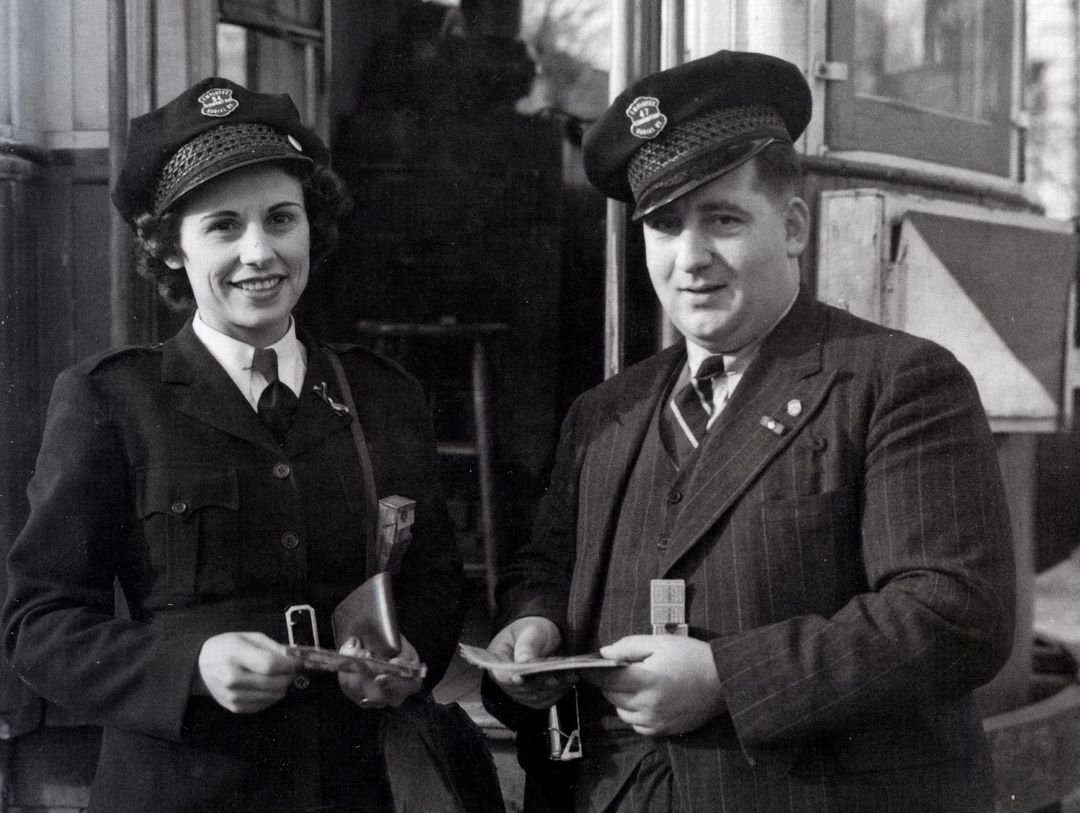Edmonton has had 145 wildfires since January 1
Across Edmonton, there have been over 145 wildfires since January 1. These have occurred from the outskirts of the city and into our river valley, one of Edmonton’s most expansive assets that stretches across 7,300 hectares of urban forest. In the first two weeks of April, according to Fire Chief Joe Zatylny, anywhere from five to 10 grass wildfires were happening per day.
The weather conditions, including the amount of precipitation and winds, play a large role in the ignition and reaction of wildfires. The city constantly monitors conditions and wildfire activity to help determine the need for a fire advisory or a total fire ban.
“With the unpredictable and natural causes of wildfires, we must also consider accidental and intentional wildfires. These can often be causes by the illegal use of fireworks, improper use of fire pits and the dangerous disposal of smoking materials,” said Zatylny. “We want Edmontonians to know that their actions can have consequences on their own property, those of their neighbours, their community and across the city.”
Learn about FireSmart actions, fireworks rules, fire bans or restrictions, preventing fires, and preparing for an emergency at https://www.edmonton.ca/programs_services/emergency_preparedness/wildfire-prevention-and-education
Dry conditions a reminder fresh water is a finite and vulnerable resource
It is activities in catchment areas, also called watersheds, that largely affect water quality and quantity. Edmonton is in the North Saskatchewan River Watershed. Surface water and groundwater systems are connected, so we need to look holistically at watersheds, not just at water itself.
Green water is the water captured by vegetation, from the air or the soil, and transpired back into the atmosphere. It is thought that 65% of rainwater is cycled through the green water cycle. Blue water is the amount of water that enters rivers, lakes and aquifers. This water is often managed for industrial and agricultural purposes.
Municipalities, industry and agriculture developments each have effects on a watershed. To adequately care for our catchment area and ensure secure quality water for ourselves, livestock and wildlife, we must consider the link between land and water, water quantity and quality, upstream and downstream interests, green water and blue water.
Protecting catchment areas is critical to maintaining health drinking water for everyone. As Albertans enter a drought year, we are reminded that fresh water is a finite and vulnerable resource, essential to sustain life, development and the environment. https://static1.squarespace.com/static/569ec99b841abaccb7c7e74c/t/5e6bcf45953e3a388f1e2324/1584123723695/Drinking+Water+-+Updated+2020.pdf
Women, war, and an emergency job
When men went to fight in the Second World War, Edmonton women broke into traditionally male-dominated fields like dairy-delivery, bricklaying, railroading, and policing. Two-hundred women enrolled in the first mechanics class offered by Dominion Motors, and some 1,000 others went on to work with Aircraft Repair Ltd., who assembled and repaired craft as part of the British Commonwealth Air Training Plan.
For Edmontonians, the contemporary notoriety of all these new employment streams paled in comparison to one; the Conductorette. With gasoline and rubber rationed, Edmontonians turned to the city’s streetcar system for transportation, and by 1943 it handled an average of 22,500,000 passengers annually. The boom, wholly unexpected by transit officials, ironically became an unwelcome windfall with a manpower shortage the most pressing issue facing the system.
October 4, 1943, marked the official debut of conductorette service in Edmonton, with forty female employees. By January 1944, Edmonton’s Street Railway Department had fifty-nine female conductors on its payroll. Superintendent Ferrier relayed his pleasure “with the way the conductorettes are doing their emergency job,” but continually emphasized that their role was just that - emergency.
As it became clear the war was ending, the conductorette service began to be phased out. In August 1945, the Street Railway Department terminated the conductorette program and sent home their last four female employees. Despite their personal successes, and despite the public’s infatuation with their “lady conductors,” Edmonton Transit forbid women to serve in any meaningful, public-fronting role for another three decades.
In the words of a 1967 Edmonton Journal article, officials believed that “It wouldn’t be fair to the fair sex to let them drive anything heavier than a family car.” Only in May 1975 did Kathleen Andrews, a British-born, Edmonton-raised transit clerk, break through ETS’ glass ceiling and became the city’s first female bus driver. https://www.forgottenedmonton.com/blog/the-conductorettes
Why the magpie should be Edmonton’s official bird
Ivan writes, “I really like the idea of having an Edmonton Bird and I think the magpie is a decent choice. However, I would choose the raven. It has many of the magpie's characteristics, and a few more. At times when they're just riding the thermals, ravens remind me of eagles. They are also an important part of Indigenous culture, as is the magpie. This comes down to personal taste. I like magpies, but I love ravens.”
What is this
Margriet asks “On the single-track trail below Keillor Road is this brick structure. I always wonder what it was! Perhaps one of your readers can enlighten me.”
Pillars of the Community by Layla Folkmann & Lacey Jane Wilburn, LRT vent close to Rogers Place Arena
https://www.edmontonarts.ca/public-art/pillars-of-the-community
Comment or Contributions
Please note articles may not reflect the position of NSRVCS. River Valley News is meant to be a clearinghouse for the variety of opinions and ideas about Edmonton’s River Valley.
Email river valley photos, event information, comments, or questions to nsrivervalley@gmail.com






